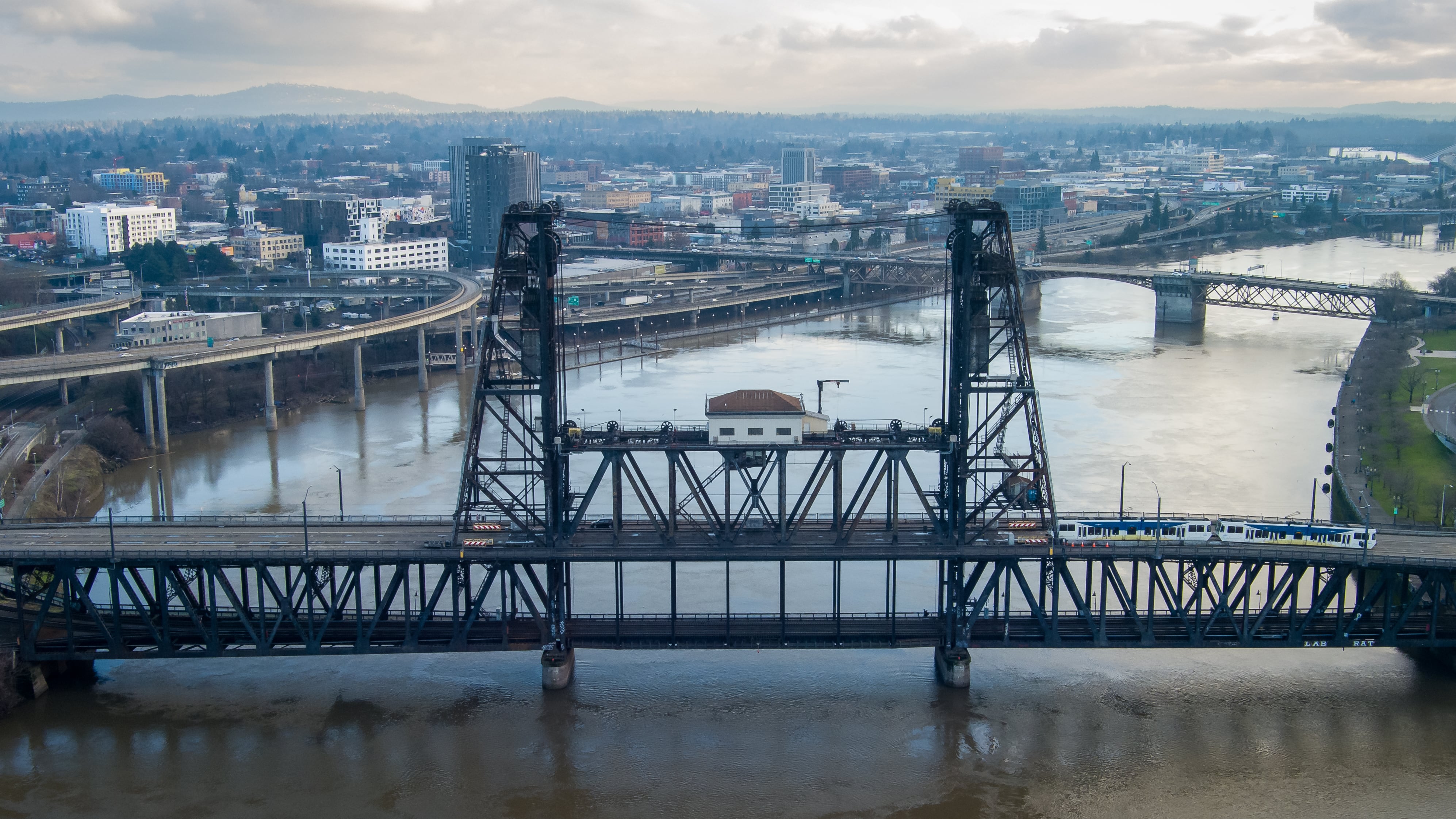Problem: Not nearly enough housing stock.
Idea: Make inner eastside residential neighborhoods three stories tall.
Since the Portland City Council declared a housing emergency in 2015, conditions have only gotten worse. Two indicators tell the story: The city’s residential rental vacancy rate—1.8%—is among the nation’s lowest and about a third of the rate in desirable cities such as Austin and Seattle. Second, even though Portland’s population declined 1.7% last year amid a tsunami of bad publicity, home prices rose. The results of the housing shortfall show on the sidewalks: The January 2022 homeless count found a big increase from 2019.
So what could city officials do? Pull hard on a lever they control, the zoning map that dictates which kinds of housing can be built where. Michael Andersen, a writer at the think tank Sightline Institute, recently noted that just 12% of Portland’s residential land is zoned for four-story mixed-income housing.
Eli Spevak, an affordable housing developer and longtime member of the city’s Planning and Sustainability Commission, says rezoning swaths of inner eastside neighborhoods well served by transit, restaurants and retail could spur the development of relatively low-cost apartments. “There’s a really strong case to upzone to build multifamily,” Spevak says. “Three stories, no elevators. It’s kind of absurd we have so little.”
In many cases, Spevak and others say, the multifamily zoning along arterials, such as Burnside and Southeast Division streets, doesn’t extend far beyond the major streets. “It would put a lot of development where people want to be,” Spevak says.
Tyler Bump, an expert on planning and housing development at the consulting firm ECONorthwest, agrees that upzoning close-in neighborhoods could expand supply, particularly now that higher rents support new construction. The challenge: Bump says Portland’s reputation makes developers wary and, with higher interest rates, private capital is less available.
Spevak says neighbors’ love of their single-family homes—i.e., NIMBYism—is another major hurdle to upzoning: “The inner eastside neighborhoods have avoided it for a long time.”
Former City Commissioner Chloe Eudaly, who pushed for big changes in housing policy, lost her seat in 2020 after challenging the power of neighborhood associations. We recommend an end-around: Just upzone the entire city and suddenly the inner eastside belongs to everyone.
